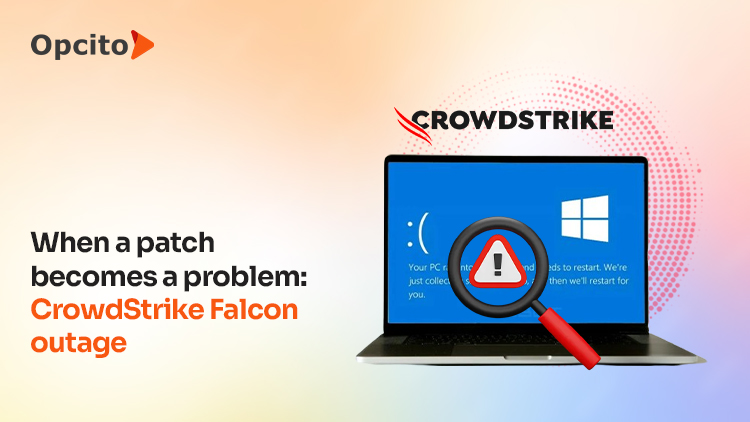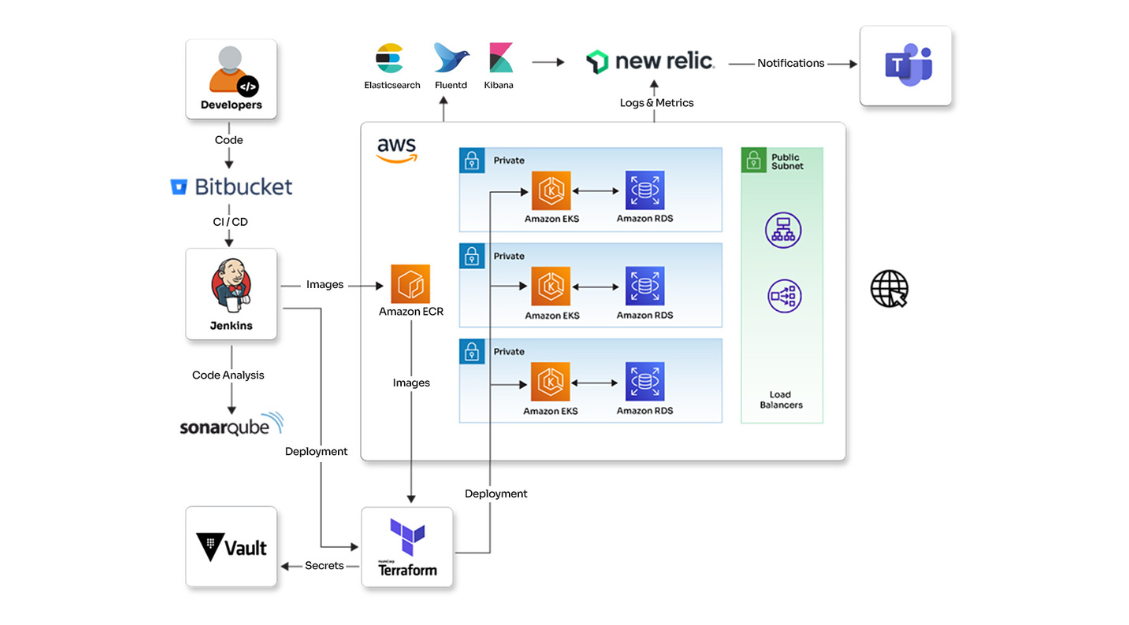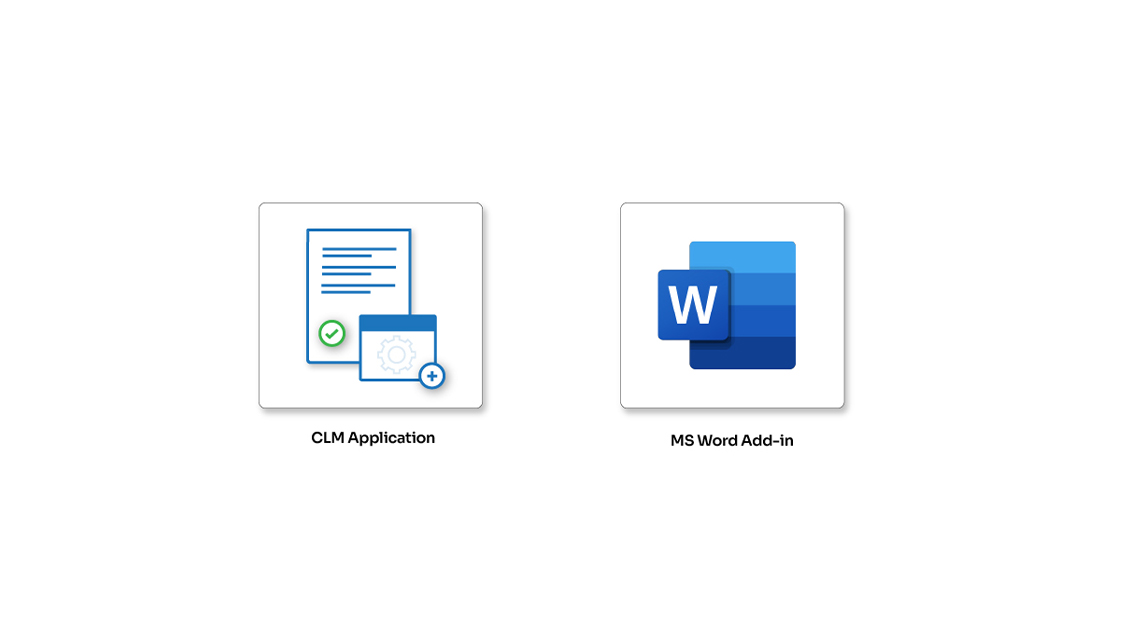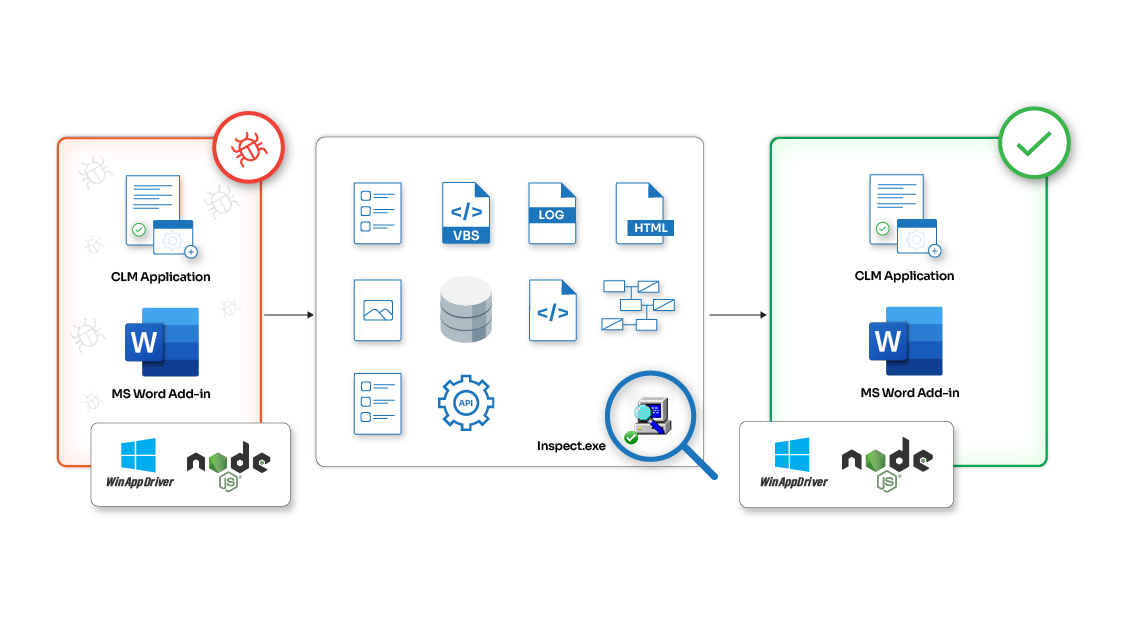DevOps, Security challenges, Passwords, and DevSecOps
DevOps, Security challenges, Passwords, and DevSecOps
DevOps culture is rapidly gaining popularity. when it comes to application delivery. The main reason behind this is the inherent advantages it offers over the traditional methods. According to previous predictions by Markets and Markets, with rising interest from organizations across all industries, the DevOps software market is foreseen to increase to USD 10.31 Billion by 2023.
AWS AppStream 2.0: An easy way to stream your desktop applications
AWS AppStream 2.0: An easy way to stream your desktop applications
Remote working seems to have become the new normal since the start of 2020. While working on a crucial and confidential project from remote locations, the engineers are often required to log in to remote desktops or remote servers to use the dedicated applications. This requires applications to be installed on the server with all the components needed to use the application. It can be a cumbersome task, as your system or laptop should be capable enough to run the remote server and use the desktop app seamlessly.
DevOps: Days of Future Past
DevOps: Days of Future Past
Technological advancements enabled fast-paced business environments. And to cope with the delivery speed needs of the speedy business environments, traditional development practices were never going to be enough. Thankfully, most of us realized that and replaced the traditional top-down, rigid, and hierarchy-oriented delivery models with a cultural change that involved better coordination between Ops and Devs. All types and sizes of organizations are embracing DevOps for faster software delivery, improved ROI, and better functionality.
Infrastructure migration, automation, and monitoring for a CLM application
See how Opcito set up infrastructure migration, automation, and monitoring for a CLM application
Engagement details
The client has one of the leading contract lifecycle management solution for the legal and business needs of their 500+ enterprise customers. It was becoming a challenge to manage and automate the existing application infrastructure, that was on Rackspace. The reason behind this was the limitations of available expertise and resources. The client was looking for a multi-tenant infrastructure capable of automating the complete production and deployment with a build optimization strategy. Opcito suggested migrating from Rackspace to AWS infrastructure and highlighted the automation possibilities with AWS by leveraging some of the AWS services like AWS RDS & Blue-Green Deployment combined with Jenkins, Chef, and MongoDB.
Technologies
Cloud migration, product engineering, CLM
Benefits
- Reduced infrastructure expenditure by 55%.
- Reduced new client onboarding time by 27% with faster and streamlined lifecycle management.
- Zero downtime and continuous check on the environmental health status with a robust centralized logging and monitoring system.
Subscribe to our feed
Word add-in for a matter management platform
See how Opcito set up a Word add-in for a matter management platform
Engagement details
The client has one of the leading contract lifecycle management solutions for the legal and business needs of their 500+ enterprise customers. Most enterprises using the client's CLM solution use Microsoft Office as their word processing and data management platform. The enterprise customers were eager to see if a Word Add-in feature could be integrated into the existing contract and matter management solution for convenience. The client approached Opcito to assist them in building the plug-in and developing additional 3rd party integration to deploy in customer environments. After carefully considering and analyzing the existing setup, the Opcito team decided to use ReactJS, Bootstrap, Office UI Fabric, Axios, and CSS technologies to develop the plug-in.
Technologies
Product engineering, Product sustenance, CLM
Benefits
- Improved customer experience for matter management product by additional features
- Great search and modification functionality aligned to the core product offering
- Advanced UI to perform the search operation faster and better.
Subscribe to our feed
Microsoft Word Add-in for a CLM solution
See how Opcito setup a Microsoft Word add-in for a CLM solution
Engagement details
The customer is a leader in the Contract Lifecycle Management space. The AI-powered platform allows customers for faster & proactive management of entitlements & obligations and surface commercial insights and intelligence. There was no provision for the CLM platform to be used within the existing applications. Separately using the platforms was creating problems when it came to effective collaboration. A tool (Add-in) was required with Microsoft Word to make the flow of contract management seamless while working on the document itself. Opcito team designed and developed the MS Word add-in that helped to optimize the customer’s CLM application’s productivity and user experience with a specialized Microsoft Word integration.
Technologies
Product engineering, Product sustenance, CLM
Subscribe to our feed
Test automation for CLM MS Word add-in
See how Opcito developed a MS Word add-in for the CLM application
Engagement details
The customer is a leader in the Contract Lifecycle Management space. The AI-powered platform allows customers for faster & proactive management of entitlements & obligations and surface commercial insights and intelligence. The client wanted to automate MS Word add-in test scenarios to maintain the quality of services by performing regular sanity and regression checks on the add-in. Automating MS Word add-in test cases was a challenging task. Finding a mix of tools/technology to automate the add-in was tough, as Selenium does not support desktop application automation. Also, there isn't enough reference knowledge base available regarding the automation of a Microsoft Word add-in.
Technologies
TestOps, Test Auomation, CLM
Benefits
- Capture and eliminate defects in the early stages of the release.
- Reduced manual testing efforts required during regression pass testing of the release.
Subscribe to our feed
Lifecycle methods and Hooks in React
Lifecycle methods and Hooks in React
A front-end framework plays a crucial role in deciding the success of any application. No matter how efficient the product is, if it doesn't have a User Interface (UI) that is interactive and well-organized, the chances of its success are very slim. However, you don't have to worry about that anymore. Thanks to the new age tools and platforms like ReactJS. With its extensive range of UI components, you can make the UI as good as the original product at the backend.
Simplifying configuration management with Configuration as Code
Simplifying configuration management with Configuration as Code
With the surging speed of development and deployments, tracking the release pipeline and changes made is becoming difficult. Configuration is no exception to this. Configuration management was never a luxury but has become a necessity now with all the rapid changes. Everyone has a defined process to test every change in environments before finally moving toward production.
Tree Shaking simplified with Webpack!
Tree Shaking simplified with Webpack!
Writing simple, clean, and efficient code is the most desirable quality that every developer seeks. Most of the time, there is an unused code that floats around when you import and export modules in JavaScript. The concept of tree shaking, or dead code elimination, plays a great role as it avoids a largely created bundle-size unused module that hampers the performance during the build procedure. Tree shaking is seen as one of the best practices followed by front-end developers that focuses on size and performance factors.













